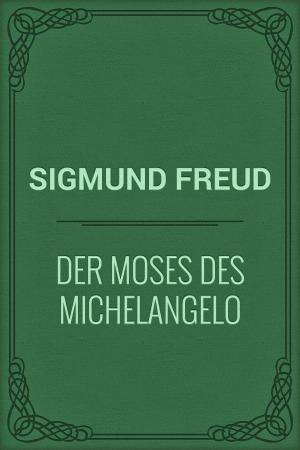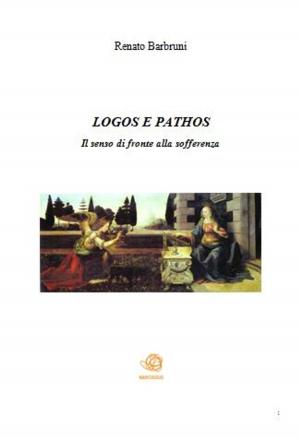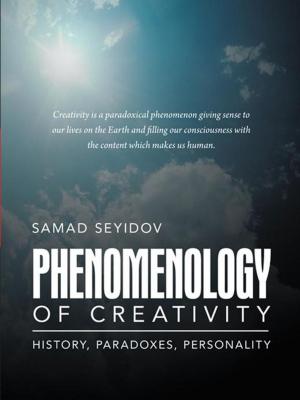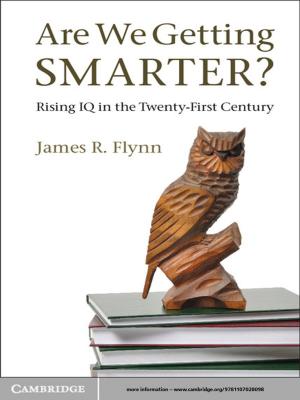| Author: | Alon Oscar Deutsch | ISBN: | 9781370549818 |
| Publisher: | Alon Oscar Deutsch | Publication: | November 7, 2016 |
| Imprint: | Smashwords Edition | Language: | English |
| Author: | Alon Oscar Deutsch |
| ISBN: | 9781370549818 |
| Publisher: | Alon Oscar Deutsch |
| Publication: | November 7, 2016 |
| Imprint: | Smashwords Edition |
| Language: | English |
People have asked about the subject of my book, and how it is possible to calculate the definition of philosophical concepts such as knowledge and deduction from combinations of psychological aptitudes using abstract algebra. For this reason I would like to share with you one of the results calculated in my book.
Myers-Briggs types are classified as: Introverted or Extraverted, iNtuitive (imaginative) or Sensing (realistic), Thinking (logical) or Feeling (emotional), and Judging (planning) or Perceiving (accommodating).
Among the Myers-Briggs types, it is commonly accepted that J types extravert the judging function and P types extravert the perceiving function. This causes problems for introverts: an IP type therefore also has his perceiving function after his introverted judging function. However, I believe that this interpretation is correct because small children are very dependent on others and so are quite extraverted. If they become introverted it is to spend extra time supporting the established extraverted function by preparing with the introverted function. Perceiving functions can be sensing or intuiting, and judging functions can be thinking or feeling.
AD: So IP and EJ types have a judging function followed by a perceiving function, and IJ and EP types have a perceiving function followed by a judging function. IP and EJ types, because they perceive with respect to a priori judgments, must then Discover; IJ and EP types, because they judge with respect to a posteriori perceptions, must then Invent.
BC: Classicists are NT, scrutinizing the imagination, or SF, attached to reality. Progressives are NF, attached to the imagination, or ST, scrutinizing reality.
AD * BC = ABCD: Like Reinin's interpretation of Socionics, in my theory, Cognietrics, any two traits imply a third. Therefore Patterns use unconventional (Progressive) insights (Discoverer) for conventional (Classicist) purposes (Inventor), whereas Concepts use conventional (Classicist) insights (Discoverer) for unconventional (Progressive) purposes (Inventor).
ABD: Types who intuit first, INJ or ENP, or sense second, ISP or ESJ, are Deductive, because they are processing abstract arguments to determine a result that must exist in reality. Types who sense first, ISJ or ESP, or intuit second, INP or ENJ, are Inductive, because they are hoping to reach an abstract conclusion about concrete categories.
C: Logic represents the mind dealing with things that are Changing, whereas emotion with things that are Unchanging. For this reason when you like someone you have a good feeling that doesn’t Change and thoughts that do as you learn about the object of your affections. If you are suddenly disappointed you will think something negative that doesn’t Change while your previous feelings do.
ABD * C = ABCD: These results combine in multiple ways: as defined, Induction must fit Changing Concepts to an Unchanging Pattern, and Deduction must fit Unchanging Concepts to a Changing Pattern, which is what Deduction and Induction are in fact used to do.
Every combination of letters represents a trait which can be logically combined with two others. Ideas such as Concepts, Induction, and even Change evolved together philosophically in groups of convenience, such that the meaning of any one simultaneously came to depend on the meaning of the others. Change itself is Deduced from a Pattern or Inducted Conceptually – red that is slightly purple in hue may seem red, but is actually near the ultraviolet spectrum because red cones are sensitive to violet light. The color has Changed if you Deduce the difference from a Pattern (by visual comparison) or Induct it Conceptually (by wavelength measurement), whereas something more stable can be ultimately Deduced Conceptually (process of elimination) or Inducted as a Pattern (representative example).
People have asked about the subject of my book, and how it is possible to calculate the definition of philosophical concepts such as knowledge and deduction from combinations of psychological aptitudes using abstract algebra. For this reason I would like to share with you one of the results calculated in my book.
Myers-Briggs types are classified as: Introverted or Extraverted, iNtuitive (imaginative) or Sensing (realistic), Thinking (logical) or Feeling (emotional), and Judging (planning) or Perceiving (accommodating).
Among the Myers-Briggs types, it is commonly accepted that J types extravert the judging function and P types extravert the perceiving function. This causes problems for introverts: an IP type therefore also has his perceiving function after his introverted judging function. However, I believe that this interpretation is correct because small children are very dependent on others and so are quite extraverted. If they become introverted it is to spend extra time supporting the established extraverted function by preparing with the introverted function. Perceiving functions can be sensing or intuiting, and judging functions can be thinking or feeling.
AD: So IP and EJ types have a judging function followed by a perceiving function, and IJ and EP types have a perceiving function followed by a judging function. IP and EJ types, because they perceive with respect to a priori judgments, must then Discover; IJ and EP types, because they judge with respect to a posteriori perceptions, must then Invent.
BC: Classicists are NT, scrutinizing the imagination, or SF, attached to reality. Progressives are NF, attached to the imagination, or ST, scrutinizing reality.
AD * BC = ABCD: Like Reinin's interpretation of Socionics, in my theory, Cognietrics, any two traits imply a third. Therefore Patterns use unconventional (Progressive) insights (Discoverer) for conventional (Classicist) purposes (Inventor), whereas Concepts use conventional (Classicist) insights (Discoverer) for unconventional (Progressive) purposes (Inventor).
ABD: Types who intuit first, INJ or ENP, or sense second, ISP or ESJ, are Deductive, because they are processing abstract arguments to determine a result that must exist in reality. Types who sense first, ISJ or ESP, or intuit second, INP or ENJ, are Inductive, because they are hoping to reach an abstract conclusion about concrete categories.
C: Logic represents the mind dealing with things that are Changing, whereas emotion with things that are Unchanging. For this reason when you like someone you have a good feeling that doesn’t Change and thoughts that do as you learn about the object of your affections. If you are suddenly disappointed you will think something negative that doesn’t Change while your previous feelings do.
ABD * C = ABCD: These results combine in multiple ways: as defined, Induction must fit Changing Concepts to an Unchanging Pattern, and Deduction must fit Unchanging Concepts to a Changing Pattern, which is what Deduction and Induction are in fact used to do.
Every combination of letters represents a trait which can be logically combined with two others. Ideas such as Concepts, Induction, and even Change evolved together philosophically in groups of convenience, such that the meaning of any one simultaneously came to depend on the meaning of the others. Change itself is Deduced from a Pattern or Inducted Conceptually – red that is slightly purple in hue may seem red, but is actually near the ultraviolet spectrum because red cones are sensitive to violet light. The color has Changed if you Deduce the difference from a Pattern (by visual comparison) or Induct it Conceptually (by wavelength measurement), whereas something more stable can be ultimately Deduced Conceptually (process of elimination) or Inducted as a Pattern (representative example).















